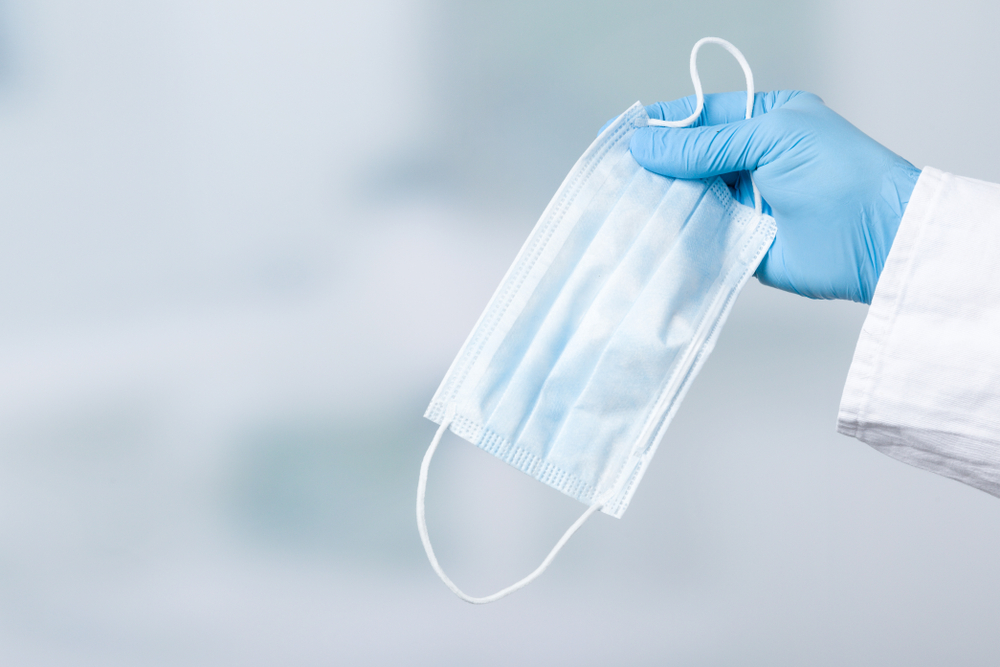
A Johns Hopkins Center for Health Security report commissioned by the Global Preparedness Monitoring Board (GPMB) released this week showed the foundations for responding to a high-impact respiratory pathogen pandemic could use some work the world over.
A high-impact respiratory pathogen pandemic refers to pathogens with the potential for widespread transmission and high mortality rates, whether they are naturally evolving or deliberate creations. The Preparedness for a High-Impact Respiratory Pathogen Pandemic report, which assessed those pathogens with the potential to cause pandemics, determined that if such pathogens were to emerge, the results would be significant across the board.
The report findings highlighted the need for countries to build up national core public health capacities as well as the improvement of national and global surveillance capabilities. It also stated that countries and the World Health Organization (WHO) need to assess and improve health systems’ readiness for infectious disease emergencies as well as make plans for risk communication. Research and development of rapid vaccine development should be a top priority around the globe, and the foundations for sample and benefit-sharing need to be created for pathogens that are not influenza.
Additionally, the report stated that countries and international health authorities should more fully incorporate community engagement and social science in preparedness efforts and that plans pleading the case for nonpharmaceutical interventions need to be established. Governments should also strengthen biosafety around high-impact respiratory pathogens and prepare for the deliberate use of such pathogens.
These findings were built on high-level reviews of global preparedness and interviews with experts of pandemic preparedness and response. Focus was put on The states of national and global readiness in 10 functional areas were examined, including global preparedness mechanisms; multisectoral involvement and coordination; surveillance, monitoring, and assessment; health systems and clinical management; community engagement; risk communication; research and development for medical countermeasures; nonpharmaceutical interventions; accidental release and biosafety; and deliberate use and biosecurity.




